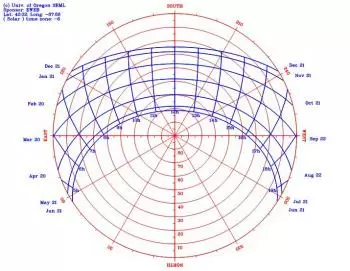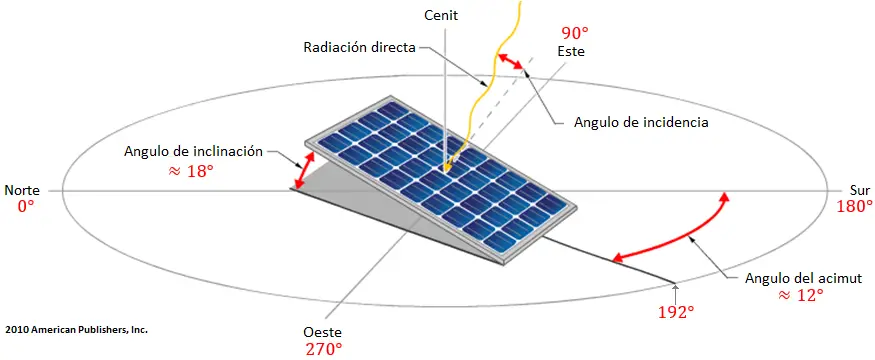
Any implementation of a sustainable photovoltaic solar energy system implies the optimization of the resources to be used. Therefore, it is the basis for the design and assembly of solar installations to optimize renewable energy production.
To achieve optimal conversion of solar energy, it is essential to know the solar path, the profile of the needs, and the conditioning factors of the location of the solar panels. All this entails determining the optimal solar panel angle and its orientation in fixed installations to achieve the minimum cost of solar power per kilowatt-hour (kWh) generated and get the most out of our investment.
Architectural aspects that affect the installation of solar panels
Usually, solar panels of a self-consumption system are located on the roof, although it is not the area closest to the storage system or energy meters.
For security and architectural integration reasons, the roof of the buildings is usually determined as the location area for the solar panels.
The roof is a structural element of the building, of which we must know four parameters. These four points will condition the layout of the solar panels and the anchoring systems in our solar system:
-
The available surface will determine the general dimensioning.
-
The orientation of the building is critical to knowing the time of exposure.
-
The structural load that it can support to ensure that it can support the panel's weight.
-
The shades that it may have in different year periods or during the day.
-
The roof pitches in order to design the optimal angle of the structure.
What should be the solar panel location on a building?

The roof space will determine the available surface in which the property defines to locate the PV panels. It will be necessary to ensure that this surface is an easily accessible space for maintenance operations, while this space must be protected from acts of vandalism or falling objects.
How does shading affect solar panels?
Solar panels should face the shades that can affect the panels' faces. During the day, the leftovers vary in position, but they also change during the different seasons of the year.
In winter, for example, solar radiation travels toward Earth in a direction less perpendicular to the earth's surface than in summer, so shades are much longer.
What is the best orientation for solar panels?
To take maximum advantage of solar radiation, it is advisable to orient the solar panels towards the south if we are in the northern hemisphere and the north if we are in the southern hemisphere.
Solar panels facing south or north in this way, it is possible to optimize the time of exposure to solar radiation and the angle of incidence, improving the capture of solar energy.
What is the best tilt angle for solar panels?
The optimal tilt angle of photovoltaic solar panels is that the surface of the solar panel faces the Sun perpendicularly.
However, the angle of incidence of solar radiation varies during the day and during different times of the year. For this reason, unless we install a solar tracker, we must look for the ideal inclination of the plates to maximize the capture of solar energy globally throughout the year.
The ideal inclination of the photovoltaic panels depends on the latitude in which we are, the time of year in which you want to use it, and whether or not you have your own generator set.
 In winter, the optimum angle si close to 50º, and in summer, the ideal angle is around 15 degrees.
In winter, the optimum angle si close to 50º, and in summer, the ideal angle is around 15 degrees.
Other conditions
However, some conditions can alter this premise. For example, in mountain areas where snowfall is frequent, it will be essential to take advantage of the steep slopes of the roof that will benefit on the one hand due to its favorable angle of inclination for winter, and on the other hand, because they will allow the snow to fall and not accumulate above.
In this case, the type of solar panels in our solar power system should be more robust to resist mechanical impacts due to the weather conditions.
Spacing between rows of solar panels
The separation between rows of PV panels must guarantee the non-superposition of shadows between the rows of panels during the winter or summer solstice months.
We can calculate this distance whit this expression:
d = ( h / tanH) · cosA
Where:
-
d is the minimum distance between panel lines.
-
h is the height of the panel line; the vertical height, from the top point on the ground.
-
tanH is the tangent of the solar angle in the most unfavorable month in our latitude.
-
cosA is the cosine of the solar azimuth in the worst month.